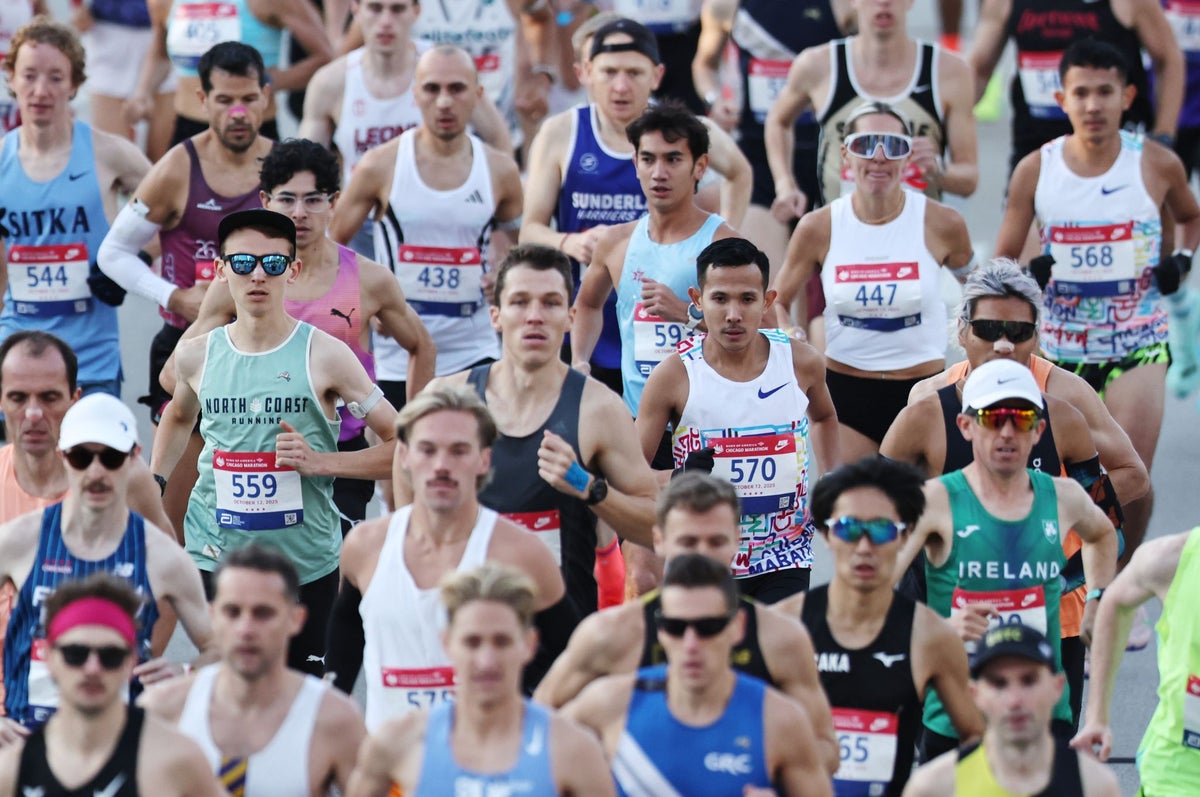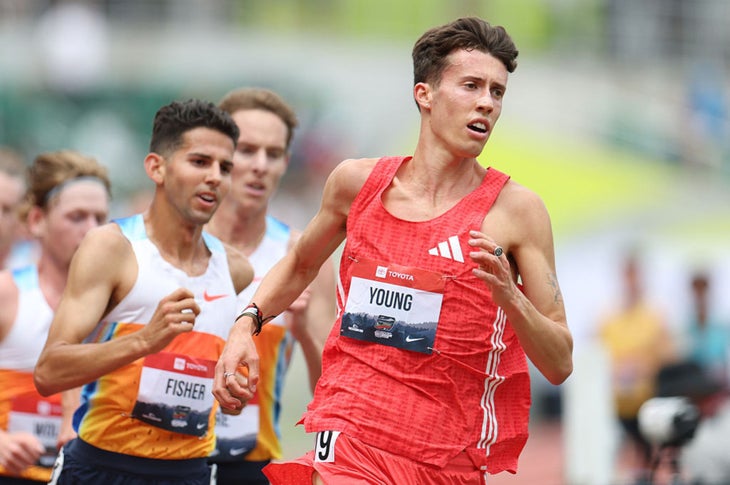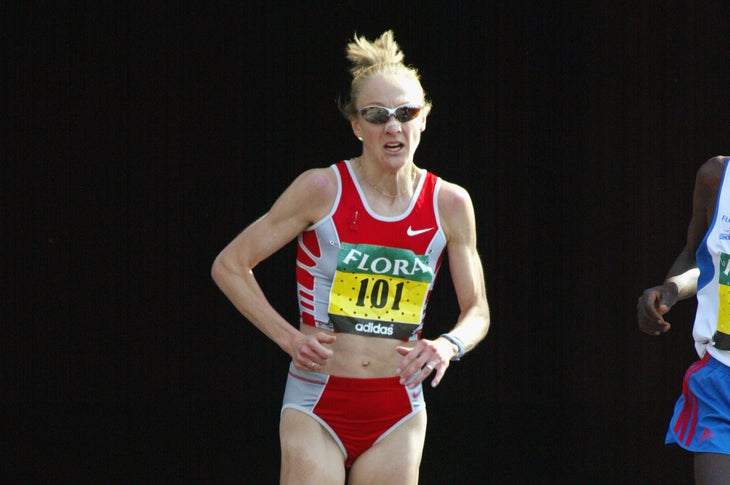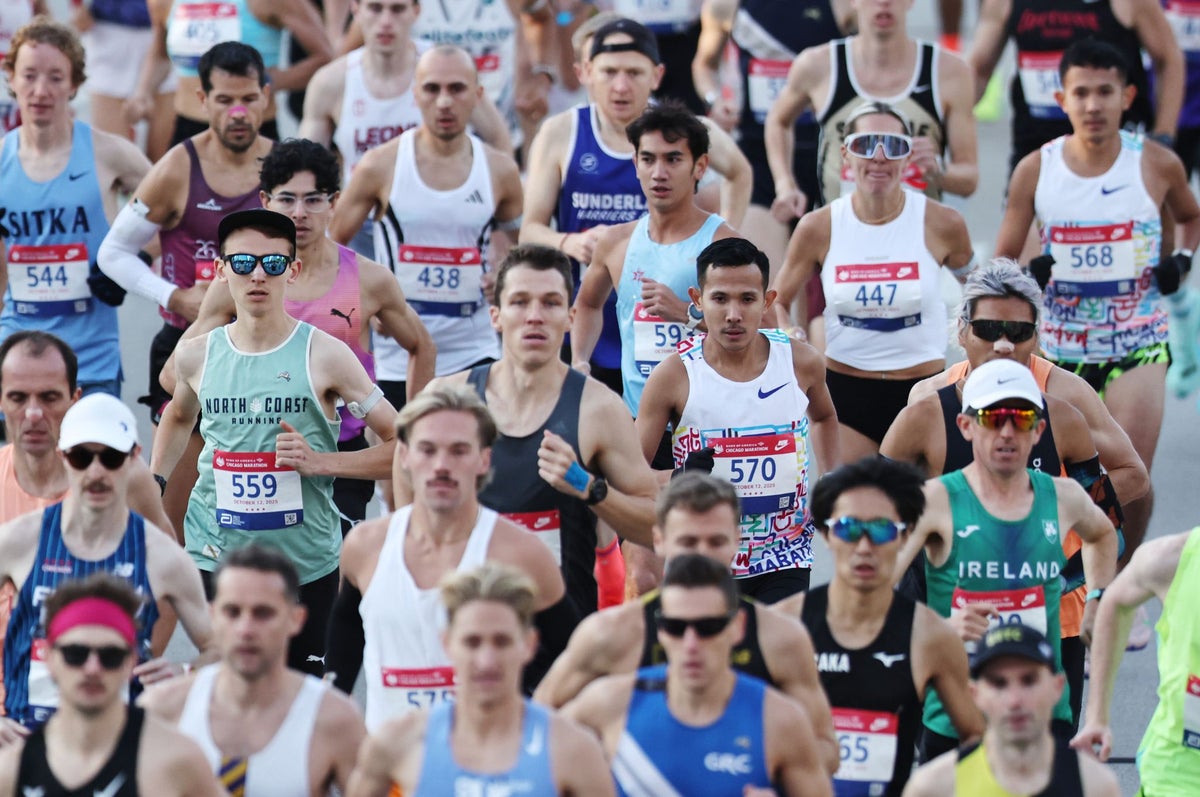
Nasal strips. They first hit the running scene in the 1990s, when they were used by a number of stars, including marathon world record-setter Paula Radcliffe. They seemed to fall out of favor until relatively recently.
Fast forward to Nico Young breaking the tape in the 5,000 meters at the U.S. track and field national championship in August, to David Roche resetting his course record at the Leadville 100 a month later, to what looked like a third of the men’s sub-elite field at the Chicago Marathon in October, and you’ll see that those little springs for your nose are being worn by some of the best runners in the country.

Whether it’s to alleviate nighttime stuffiness or maximize running performance, the intent is the same: maximize oxygen intake with each breath.
Brands have picked up on the resurgence in interest. Suddenly, you can find nasal strips designed specifically for exercise, including “VO2 Performance” adhesives and reusable magnetic ones that are taking over TikTok. Some brands make bold claims, like boosting airflow by 33 percent.
So, are nasal strips the Next Big Thing (again), or are they just another marketing gimmick? We talked to some experts to find out what they actually do—and don’t.

The post The Real Reason Nasal Strips are Everywhere Again appeared first on RUN | Powered by Outside.
🏃♂️ Recommended for Ultra Runners
As ultra runners, we’re always looking for tools and resources to support our training and racing goals. Check out this resource that fellow runners have found valuable.
FTC Disclosure: This post contains affiliate links. We may earn a commission if you purchase through these links at no additional cost to you. See our Affiliate Disclosure for details.


Leave a Reply